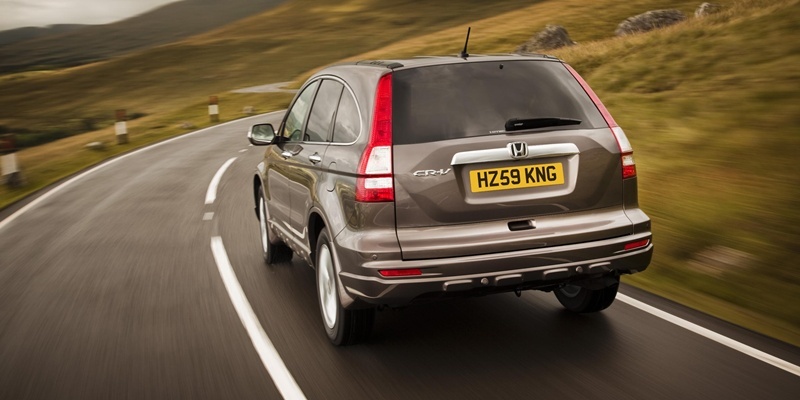Japanese and Korean makes are the best bet for used car buyers who value reliability, according to new figures.
What Car? and warranty specialist Warranty Direct’s annual reliability study shows cars from European brands fail most often although they are also cheaper to fix.
The study is based on Warranty Direct’s 50,000 live policies on cars of between three to eight years of age.
Honda tops the standings for an unprecedented sixth year in a row, with a failure rate of just 9%.
All the top 10 manufacturers come from either Japan or Korea.
Land Rover is the least reliable brand, with 55% of its upmarket vehicles suffering faults in a 12-month period.
Alfa Romeo (46%), Renault (45%) and Saab (43%) all European brands are the next most breakdown-prone manufacturers.
The top two European brands are Skoda and Smart in 11th and 12th respectively.
Only they prevent an even stronger showing for Far Eastern manufacturers, by nudging ahead of Daewoo.’Disparity’Warranty Direct compiles the data for www.reliabilityindex.com, taking into account repair costs, age, mileage and rate of failure.
The What Car? and Warranty Direct annual study surveys manufacturers according to the number of faults in a 12-month period alone.
What Car? editor Chas Hallett said, “This year’s study is a stark reminder of the disparity in reliability between Far Eastern brands, which dominate the top 10, and European brands, which contribute the bulk of the bottom 10.”
Out of the manufacturers covered, Porsche was the most expensive to repair at an average cost of £690, followed by Mazda and Jeep, which cost £463 and £438 respectively.
Fiat, Renault and Ford models cost the least to repair, at around £250 on average.
European cars make up seven of the cheapest 10 brands to fix.
Further differences between European and Far Eastern manufacturers can be found in the problems they suffer.Luxury problemsA third of faults found on European cars are down to electrical malfunctions, while owners of Japanese Subaru, Lexus and Suzuki cars report the most axle and suspension issues.
The most reliable (chance of fault in 12 months):1 Honda (9%) 2 Toyota (14%) 3 Suzuki (15%) 4 Lexus (15%) 5 Mitsubishi (15%) 6 Mazda (16%) 7 Subaru (17%) 8 Hyundai (20%) 9 Kia (21%) 10 Nissan (22%)Least reliable (chance of fault in 12 months):1 Land Rover (55%) 2 Alfa Romeo (46%) 3 Renault (45%) 4 Saab (43%) 5 Jeep (42%) 6 Chrysler (38%) 7 MG (37%) 8 Mercedes (34%) 9 Vauxhall (34%) 10 Audi (33%).Cheapest average repair costs:1 Fiat (£241) 2 Renault (£242) 3 Ford (£253) 4 Suzuki (£255) 5 Peugeot (£257)Most expensive average repair costs:1 Porsche (£689) 2 Mazda (£462) 3 Jeep (£437) 4 Mercedes-Benz (£428) 5 Mitsubishi (£427)
